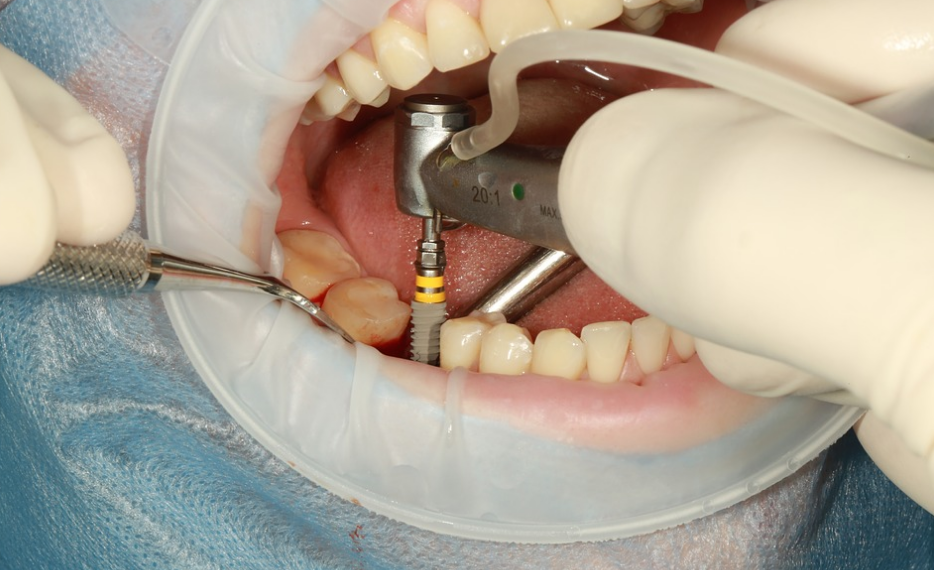The Role of Bone Grafting in Dental Implant Surgery
Dental implants Melbourne have revolutionised the field of dentistry, providing a long-term solution for missing teeth. Dental implant surgery involves inserting a small titanium screw into the jawbone, which serves as an artificial tooth root. Over time, the implant fuses with the jawbone, providing a stable foundation for a dental crown or bridge. However, in some cases, the jawbone may not be thick or strong enough to support a dental implant. This is where bone grafting comes in. Keep reading let’s explore the role of bone grafting in dental implant surgery.
What Is Bone Grafting?
Bone grafting is a surgical procedure that involves adding bone to the jawbone to increase its size or density. The bone used for the graft may come from the patient’s own body (autogenous bone), a donor (allograft), or a synthetic material (alloplastic). The bone is typically harvested from the patient’s chin, hip, or rib, and is then processed to remove any living cells, leaving behind a matrix of mineralised bone that can be used for the graft.
Why Is Bone Grafting Necessary For Cheap dental implants Melbourne?
When a tooth is lost, the jawbone that once supported the tooth begins to deteriorate. This is because the jawbone is no longer being stimulated by the tooth’s root, which helps to maintain its density. Over time, the jawbone can become too thin or weak to support a dental implant. This is particularly true if the tooth has been missing for an extended period or if the patient has a history of gum disease or other dental problems.
Bone grafting can help to strengthen the jawbone and provide a stable foundation for a dental implant. By adding bone to the site of the missing tooth, the implant has more bone to fuse with, increasing the chances of successful osseointegration (the process by which the implant fuses with the jawbone). Additionally, bone grafting can improve the appearance of the jawline and provide better support for adjacent teeth.
What Does Bone Grafting Involve?
Bone grafting is typically performed as a separate procedure prior to dental implant surgery. The procedure may be done under local or general anesthesia, depending on the extent of the graft. During the procedure, the surgeon will make an incision in the gum tissue to expose the jawbone. The bone graft material will then be placed into the site of the missing tooth and secured in place with small screws or pins. The incision will then be closed with sutures.
After the bone graft has been placed, it will take several months for the bone to fuse with the existing jawbone. This process is known as osseointegration and is critical for the long-term success of the dental implant. Once the bone has fully fused, the patient can undergo dental implant surgery. Remember, the bone grafting procedure influences the Dental implants cost Melbourne.
Bone grafting plays a critical role in dental implant surgery, particularly for patients who have experienced significant jawbone loss. By adding bone to the site of the missing tooth, the jawbone can be strengthened, providing a stable foundation for the dental implant. If you are considering dental implant surgery, your dentist or oral surgeon can help determine whether bone grafting is necessary for your individual case. With proper planning and care, dental implants can provide a long-term solution for missing teeth, restoring both function and aesthetics to your smile.
